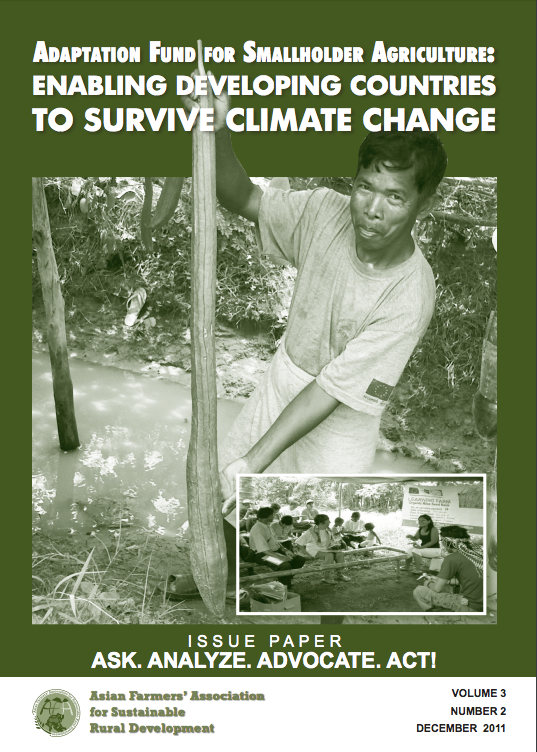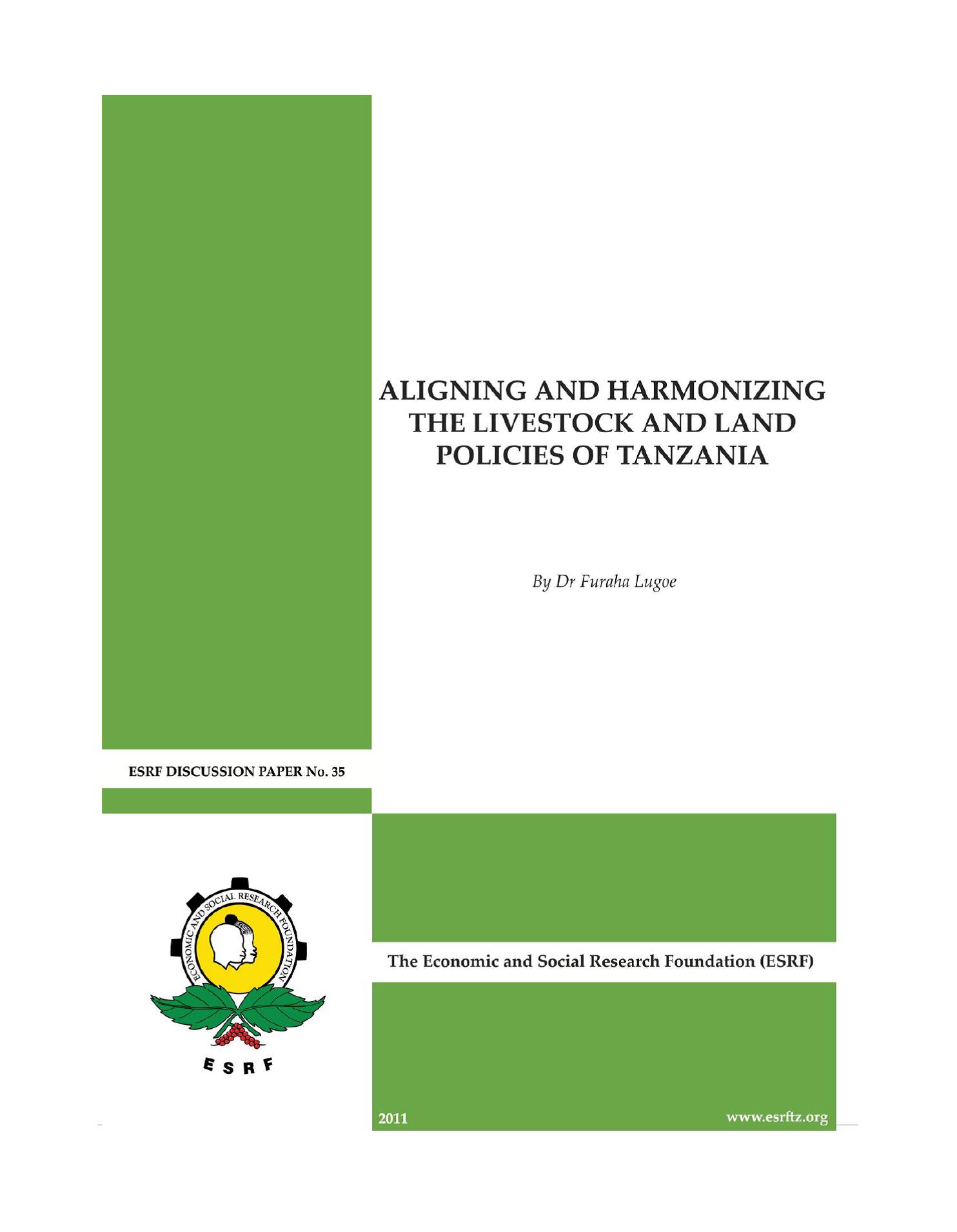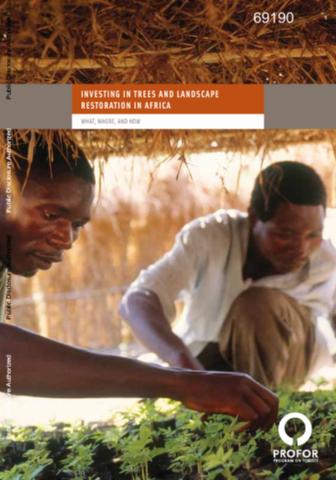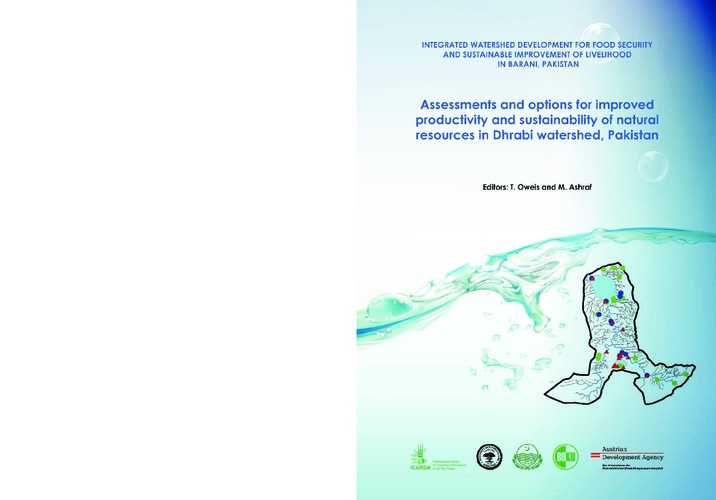Selection and Characterization Of the Badia Benchmark research site
How suitable an area is for WH depends on local society, farming practices, and whether the area meets the basic technical requirements of the WH system in question. When planning such systems, appropriate data must be available on the climate, soil, crops, topography, and socioeconomics of the project area. The available tools and methods of data acquisition for planning, designing, and implementing WH systems, include field visits, site inspections, topographic and thematic maps, aerial photos, satellite images, and geographic information systems (GIS) must also be considered.












